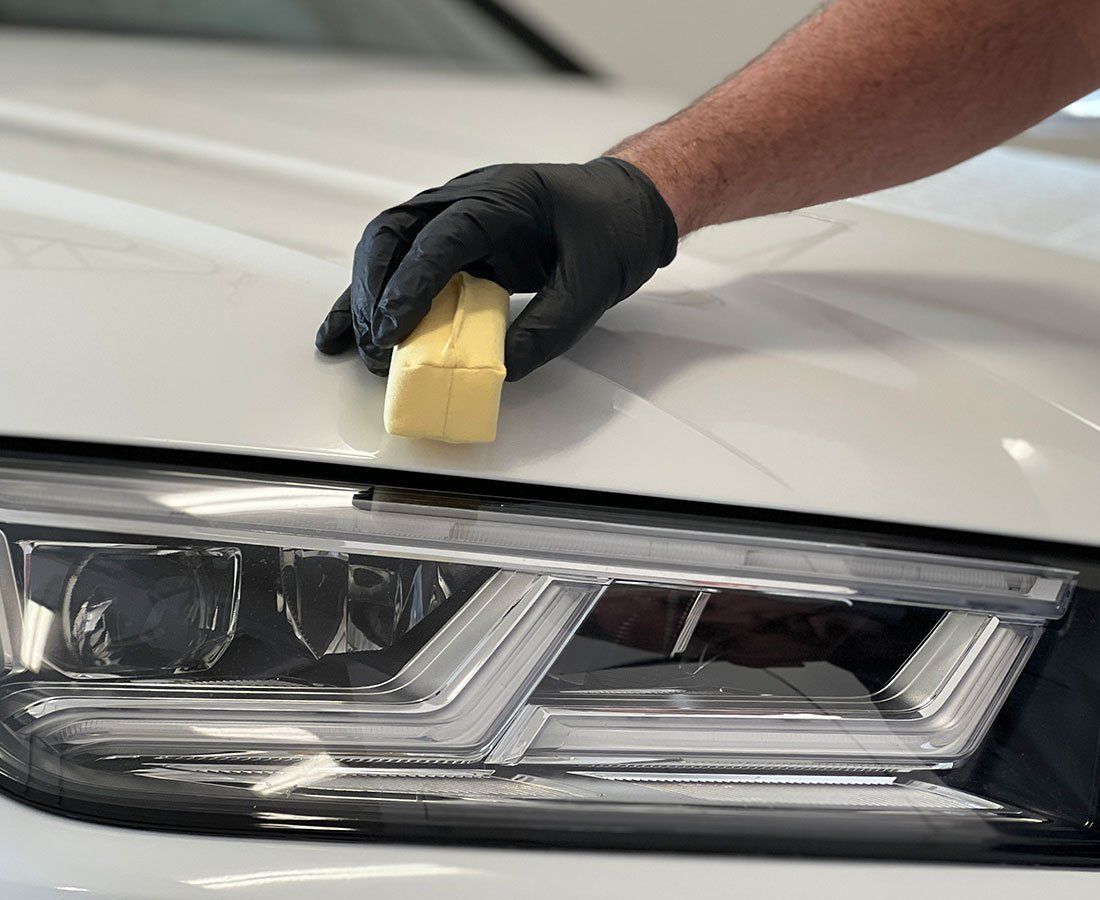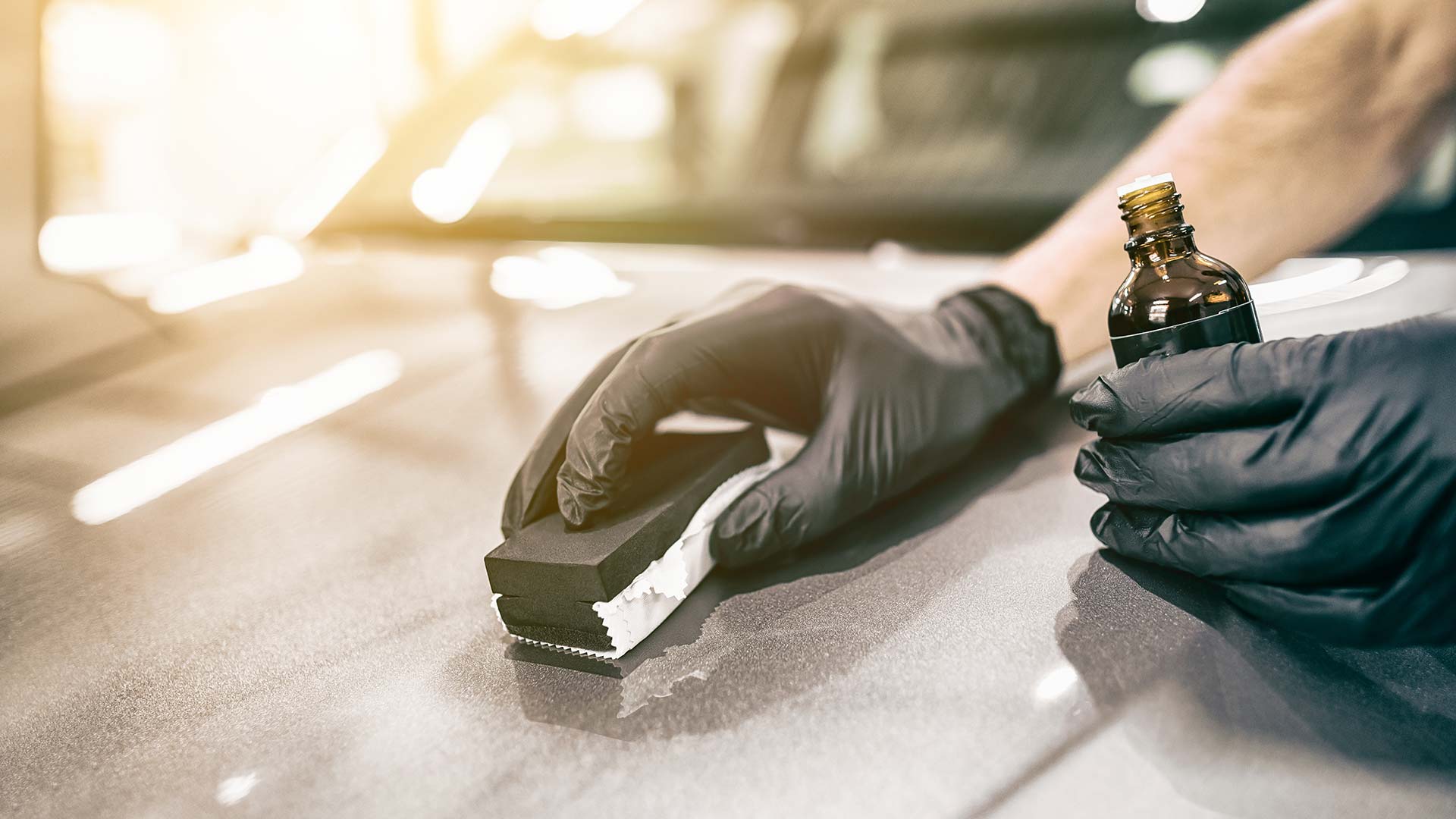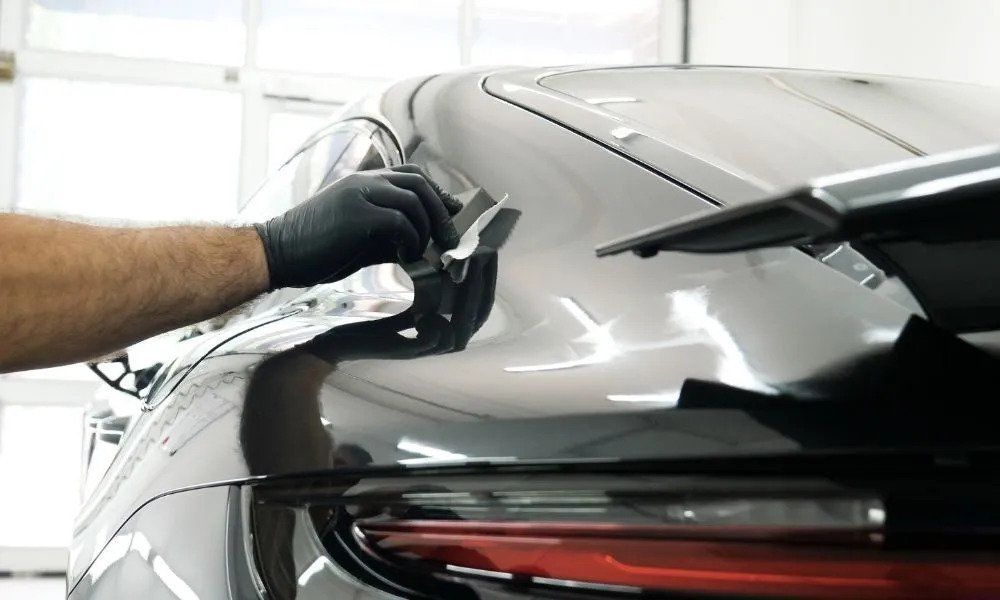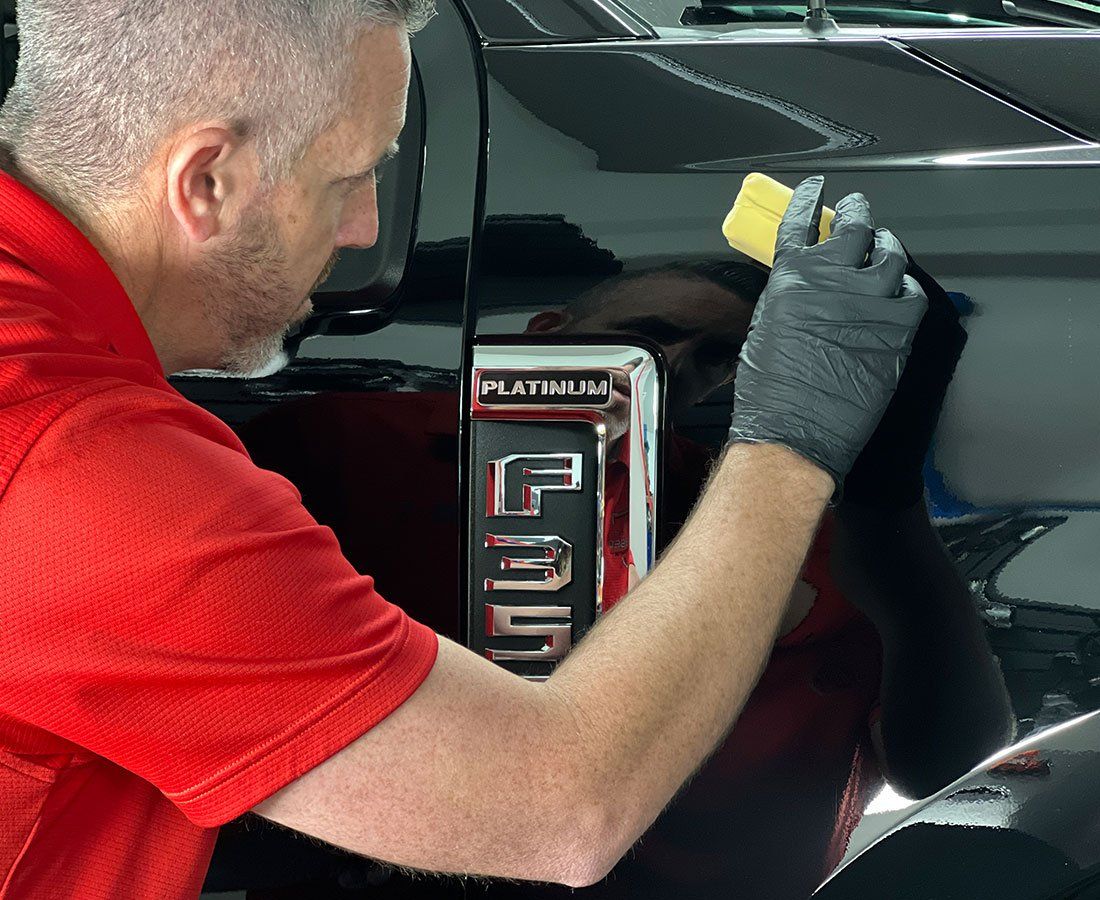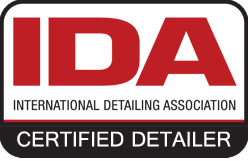Ceramic Coating Cure Time: How Long Does It Take to Fully Dry?
Timing is everything when it comes to applying ceramic coatings to your car. The curing period is particularly critical; it determines whether your effort will yield long-lasting shine and protection or fall short, resulting in possible disappointment. This makes understanding the exact drying and curing timeline not just helpful but essential.
The curing time for ceramic coating typically ranges from 7 to 14 days for it to fully bond and harden. It is crucial to follow the specific guidelines provided by the manufacturer and avoid driving the car during this period to ensure optimal protection and longevity of the coating.
Ceramic Coating Process Overview
Imagine rolling up to a car detailing shop, eager to give your beloved vehicle a little extra love and protection. What follows is a transformative process that begins with surface preparation. For the ceramic coating to work its magic, the paint needs to be free from imperfections and contaminants, requiring washing, decontamination, and sometimes polishing. This leaves a smooth, clean canvas for the coating to bond with, creating that glossy shield of defense we all admire.
When the actual ceramic coating is applied, it chemically bonds with the factory paint, becoming an integral part of your vehicle's exterior. The liquid polymer undergoes a significant transformation as it cures, forming an incredibly durable layer of protection. It's like a force field forming around your car, shielding it from environmental damage. This curing phase is critical to bringing out the full potential of ceramic coating. The bonded liquid polymer needs time to fully transform into that strong protective layer. The recommended cure time usually falls between 24-48 hours, but achieving its full hardness requires 5-7 days. This timeframe ensures that the coating reaches its optimal strength and durability, standing guard against environmental threats such as chemicals and UV rays.
What makes this process truly remarkable is the multitude of benefits it offers once completed. Not only does it enhance the shine of your vehicle's exterior, but it also resists harsh chemicals, prevents UV-induced fading, and even repels dirt and water more effectively than untreated surfaces—a long-term investment in safeguarding your vehicle's appearance and structural integrity. Remember, proper surface preparation and application are crucial to reaping these amazing benefits. Rushing through these stages can compromise the effectiveness of the ceramic coating; think of it as creating a sophisticated defense system for your car—it takes precision and care every step of the way.
Steps in the Application Process
- Thorough Cleaning: The initial step in the ceramic coating application involves thoroughly cleaning the vehicle's exterior. This isn't a run-of-the-mill car wash; it's a detailed process to eliminate any dirt, grease, or contaminants that could hinder the bonding of the ceramic coating to the surface. A clay bar treatment is typically used to lift embedded contaminants, followed by paint correction to ensure a flawlessly smooth and imperfection-free surface. Without a clean and smooth surface, the ceramic coating won't be able to adhere properly, and you might end up with a subpar result.
- Application: Once the surface is pristine, it's time for the application of the ceramic coating itself. The product is usually applied in small sections using a foam applicator, ensuring careful and even distribution across the entire surface. Each section is then meticulously wiped with a microfiber cloth to eliminate any excess product and ensure an even coat without leaving behind any residues. This meticulous application process ensures that every area of your vehicle receives an equal and thorough coating. The foam applicator allows for precise application, while the microfiber cloth helps to achieve a uniform finish without any leftover product that could affect the final result.
- Initial Drying Period: After the entire vehicle has been coated, there is an initial drying period known as a curing "flash" period. This brief window typically lasts from a few minutes to an hour, allowing the coating to start bonding to the surface before any excess is buffed out. During this crucial period, the ceramic coating begins to establish a strong bond with the vehicle's surface. The flash period allows for initial adhesion, ensuring that the coating sets firmly onto the surface before any final buffing takes place.
These meticulous steps ensure that your vehicle receives a comprehensive and thorough ceramic coating application, setting it up for long-lasting protection and a stunning finish.
Factors Impacting Cure Time
When it comes to ceramic coating, a variety of factors can affect how long it takes for the coating to fully cure. Let's break down these key influencers to give you a clearer picture of what to consider.
Temperature and Humidity
The environment in which the ceramic coating is applied plays a significant role in its curing time. Optimal curing occurs in temperatures ranging from 50°F to 80°F (10°C to 27°C) with low humidity. High humidity can slow down the curing process, extending the time it takes for the coating to dry. In damp environments, additional measures such as dehumidifiers may be necessary to facilitate the ideal curing conditions. Humidity levels between 40-70% relative humidity can extend the cure time by 24-48 hours. It's essential to ensure that the application environment is conducive to efficient curing, as excessive moisture in the air can impede the process. Likewise, lower temperatures below 60°F can double the cure time, making it crucial to consider weather conditions when scheduling a ceramic coating application.
Coating Thickness
The thickness of the ceramic coating layer can also impact the duration of the curing process. Thicker applications generally require longer cure times, as there is more material that needs to harden thoroughly. It is important to adhere to the manufacturer's guidelines regarding recommended coating thickness to avoid over-application, which could significantly prolong the cure time. To illustrate, imagine painting a wall - layering on a thicker coat will naturally require more time to dry completely. Similarly, a thicker application of ceramic coating necessitates a more extended curing period to ensure proper bonding and hardening of the product.
Product Brand and Type
Different manufacturers offer variations in their ceramic coating formulations, resulting in differing cure times across brands and types of products. It's essential for consumers and applicators to familiarize themselves with the specific characteristics and instructions provided by each product, as deviations in formulation may lead to varying cure times. This highlights the importance of following the prescribed guidelines for each type of ceramic coating to achieve optimal results and minimize any unexpected delays in the curing process.
Understanding these influential factors provides valuable insight into how environmental conditions, coating thickness, and product variations impact the drying time of ceramic coatings. By considering these elements during the application and curing process, individuals can maximize the effectiveness and longevity of their ceramic coating while minimizing unnecessary delays or complications.
Optimal Conditions for Curing
So, you've decided to invest in a ceramic coating for your vehicle and you want it to cure perfectly for long-lasting protection. The right conditions play a critical role in achieving optimal results. Let's break down what constitutes the best environment for curing ceramic coating.
- Indoors or Covered Areas: It's crucial to find a safe spot where your vehicle can be shielded from environmental elements during the curing process. Rain and dust can affect the coating's ability to cure properly, potentially leading to imperfections in the finish. Therefore, look for a clean and covered area, like a garage or a carport, to protect your vehicle from external contaminants. This protection is especially vital during the first 24 to 48 hours after application, when the ceramic coating is still in its initial curing stage. This layer is vulnerable to disturbances and environmental hazards at this point.
- Controlled Environment: To achieve optimal results, maintaining a controlled environment while the ceramic coating cures is essential. By utilizing climate control, you can regulate and stabilize temperature and humidity levels, ensuring an ideal setting for the curing process. The recommended temperature range for curing ceramic coating is between 65°F and 85°F (18°C and 29°C), with humidity levels around 50%. Steady temperatures and humidity levels assist in preventing premature drying or extended curing times, aiding in effective bonding of the coating with your vehicle's surface.
- Patience and Timing:
After applying the ceramic coating, patience becomes paramount as it undergoes the initial curing process. While the recommended wait time for initial curing is usually 24 to 48 hours under optimal conditions, achieving full hardness may take up to 6-7 days. During this period, it's crucial to refrain from unnecessary handling or washing of the vehicle. Just like letting a freshly painted wall dry undisturbed allows it to achieve a smooth finish, exercising patience with ceramic coating ensures that it develops its full protective strength without interruptions. This may require abstaining from washing your vehicle for about a week, aligning with the manufacturer's recommendations, while enabling the coating to set properly without interference.
Signs of Fully Cured Coating
When it comes to ceramic coatings, being able to identify when the coating has fully dried is essential. This ensures that you don't subject the surface to environmental stressors prematurely, which can compromise the effectiveness of the coating and the level of protection it provides to your vehicle. So, how do you know if your ceramic coating is fully cured? Let's take a closer look at some telltale signs.
- Hydrophobic Properties: A fully cured ceramic coating will demonstrate impressive hydrophobic properties. When the coating has set properly, water will bead up on the surface and roll off effortlessly. This is an excellent indication that your vehicle's surface has been adequately protected by the ceramic coating. It's akin to watching water droplets dance across a freshly waxed car - a true testament to the protective prowess of the coating.
- Enhanced Shine: In addition to its hydrophobic properties, a fully cured ceramic coating will manifest an enhanced shine. You'll notice that your vehicle exhibits a remarkable, extra glossy finish that captures the light beautifully. The depth of color and glossiness achieved by a fully cured ceramic coating add to the aesthetic appeal of your vehicle, leaving it looking showroom-new and turning heads wherever you go.
It's important to note that while these signs are indicative of a fully cured ceramic coating, the exact timeframe for achieving these characteristics may vary based on factors such as product specifics and environmental conditions. Understanding these signs allows you to gain confidence in the efficacy of your ceramic coating and provides reassurance that your efforts in adhering to cure times have been worthwhile. The distinctive features of a fully cured ceramic coating not only enhance the aesthetic appeal of your vehicle but also bolster its protection against environmental and chemical elements, ensuring that your investment delivers long-lasting benefits for your prized vehicle.
Common Mistakes to Avoid
Ceramic coating is an excellent method for protecting your car's paintwork, but it's crucial to ensure the process is executed correctly. Rushing through the steps or neglecting vital instructions can lead to subpar results and even damage the coating.
- Rushing the Process: One of the most common mistakes is rushing through the surface preparation or curing process. Proper surface preparation, including thorough cleaning and decontamination, is essential for ensuring the proper bonding of the ceramic coating. Rushing this stage can leave behind contaminants or residues that interfere with the coating's adhesion, affecting its durability and longevity. Moreover, rushing the curing process itself can significantly compromise the effectiveness of the coating. Achieving a full cure is vital for the ceramic coating to provide optimal protection and performance. If the coating hasn't fully cured, it may not bond properly with the surface, leading to premature wear and reduced durability. This emphasizes the importance of patience in ceramic coating application and curing.
- Ignoring Manufacturer Instructions: The manufacturer's instructions for application and curing times are not suggestions; they are crucial guidelines for achieving the best possible results. Each type of ceramic coating has specific requirements for application and curing, and failing to adhere to these guidelines can lead to suboptimal performance. By ignoring these instructions, you risk compromising the integrity of the ceramic coating and may end up with a finish that falls short of its potential. Take the time to read and understand the manufacturer's recommendations, as they are tailored to ensure that the coating performs as intended.
- Exposing to Elements Too Soon: Once the ceramic coating is applied, it's essential to allow adequate time for it to cure without subjecting it to harsh conditions. Driving the vehicle or exposing it to extreme weather before the coating has fully cured can result in damage or diminished protective qualities. For instance, if a vehicle is driven too soon after ceramic coating application, road debris, dust, and other environmental contaminants can adhere to the uncured surface, compromising its smoothness and potentially leading to scratches or marring. Additionally, exposure to rain or high humidity before the coating has cured can impact its bonding and overall performance.
While it may be tempting to use your vehicle immediately after applying ceramic coating, exercising patience during the curing period ensures that you'll get the best long-term results from your investment in ceramic protection. Taking proactive steps to avoid these common mistakes will help maximize the benefits of ceramic coating and ensure that your vehicle enjoys durable protection and a stunning finish for years to come.
Top-Notch Ceramic Coating Service in Riverton, UT
Enhance your vehicle's finish with Obsessed Detail and Restoration's top-notch ceramic coating service in Riverton, UT. Our cutting-edge ceramic coatings provide an exceptional shield against environmental hazards, making maintenance a breeze while preserving your car's stunning appearance. With our meticulous application techniques, you'll enjoy a durable, glossy finish that resists dirt, water, and UV rays. Trust our experienced team to deliver unmatched protection and brilliance for your vehicle. Schedule your appointment today and give your car the ultimate in care and preservation. Call us at (801) 708-9059 to get started!

